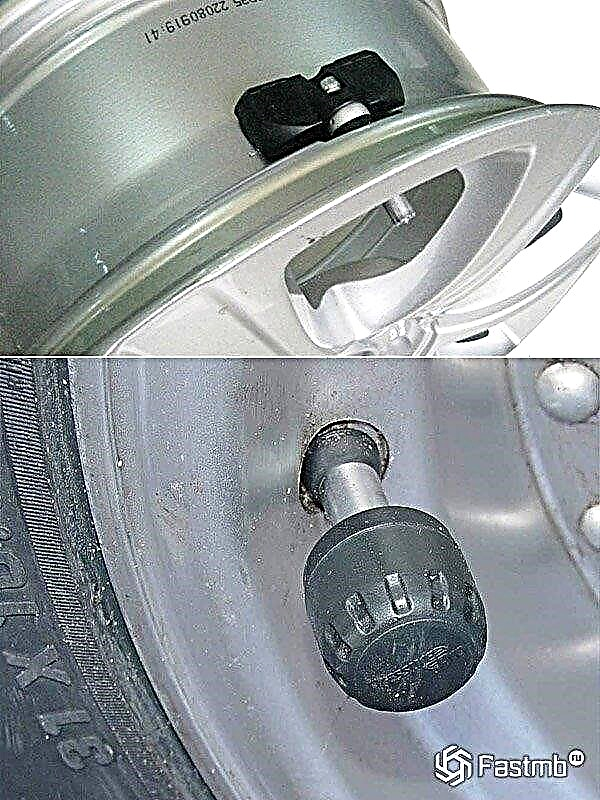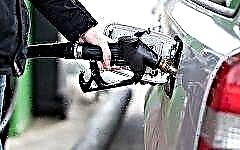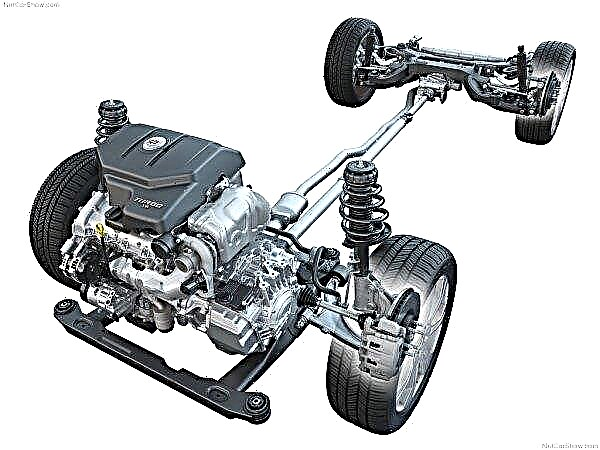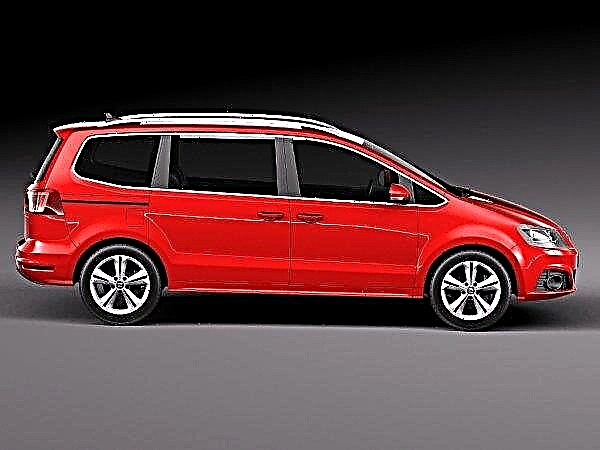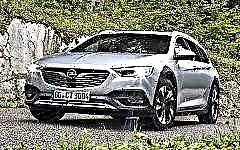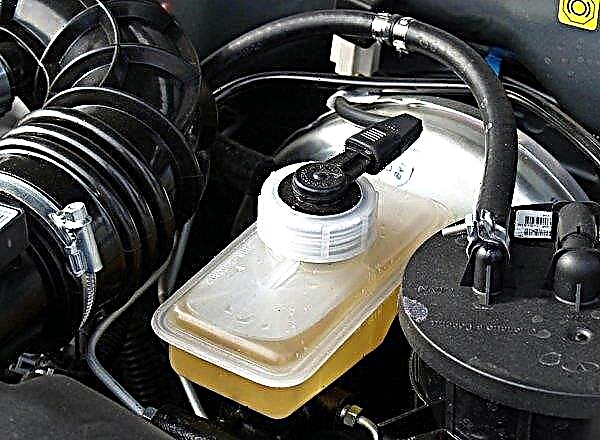Like any other element in a Volkswagen Passat, brake fluid requires maintenance and inspection. It is important for brake fluid to check the quality and its level as the correct operation of the braking system depends on it.

The content of the article:
- Varieties of liquid
- Purpose
- Verification procedure
- Price
Brakes are one of the main mechanisms of any car, without which an accident can occur. Depending on the vehicle class, the braking system may differ. Drum or disc, ceramic or conventional linings, these are all a kind of brakes. But, to activate the mechanism, you need brake fluid.
From time to time it is worth checking the presence and level of the brake fluid, otherwise the brakes will fail at the most inopportune moment. In more modern cars, liquid measurements are made by digital instruments, but it is better to hope for what you see and do not be lazy to look under the hood of the car once again.
Concept and types of brake fluid

Brake fluid is one of the main components in the braking system. Its task is to transmit pressure to the wheel cylinders of the Volkswagen Passat. There are several types of it. They cannot be mixed with each other, otherwise the quality of each type deteriorates, and the result may be a breakdown in the brake system.
The first type is called mineral. The advantage of this fluid can be considered good astringent and lubricating properties. However, the disadvantage can be considered the fact that it tends to boil at low temperatures and quickly have an astringent effect.
The second type is represented by glycolic liquids. As in the first case, it is characterized by excellent viscosity, lubricating properties, but the disadvantage in this case is the ability to absorb moisture through the tank lid. This results in a lower boiling point as well as a lubricating effect. In turn, this type of liquid is divided into four subspecies: DOT 3, DOT 4, DOT 5 and DOT 5.1. Each has its own specific temperature and astringent properties. Also, each subspecies is suitable for a certain class of cars. So, for example, DOT 3 is intended for cars in which drum brakes are installed in addition to disc brakes.

Mostly this subspecies is used on slow, slow-moving vehicles. The next subset of DOT 4 is used in vehicles that do not have drum brakes. DOT 5 differs in that its scope differs from all subspecies. It is designed for more complex transport. And finally, DOT 5.1, the properties of which allow it to be used in special sports cars. It is allowed to mix these subtypes of brake fluid, but this should be done only in extreme cases. This is due to the fact that each has its own properties and when mixed, they can deteriorate. The third type is called silicone. In turn, it is characterized by the fact that it has excellent astringent properties, it is independent of temperature, and also does not absorb moisture. However, to the detriment of this, the lubricating properties are rather weak. Therefore, the use of this type is not suitable for all vehicles.
Brake fluid challenge

Its main task is to ensure the correct operation of the braking system and improve its efficiency. First of all, the fluid must have good lubricating properties. This will prolong the work of all parts of the brake system. There are also many rubber elements in the car. Some substances that make up liquids can spoil and degrade the quality of these parts.
Therefore, the brake fluid should be chosen so that it does not damage the rubber parts and does not enlarge them. Another purpose of the fluid is its ability to resist metal corrosion. Finally, the temperature must remain stable for efficient operation. This means that when the temperature fluctuates within the range from -50 to + 100 ° C, the brake fluid should not lose its properties and quality.
Checking the condition of the brake fluid for Volkswagen Passat

The key to the successful and efficient operation of the braking system is a timely check of the brake fluid. The general check includes marking the level and quality of the Volkswagen Passat brake fluid. First, it should be noted that DOT 4 brake fluid must be used for this Volkswagen Passat.
Checking the level is a fairly simple and inexpensive procedure. It does not require any parts to be removed. The procedure consists in examining the brake fluid level indicator. To do this, you need to look inside, where the brake system reservoir is located. There are marks on it that show the maximum allowable level "max" and the minimum allowable "min". If a low fluid level is observed, the reservoir itself and the system should be checked as there is a possibility of leakage. It is also possible that the poor condition of the brake pads or discs has led to the low level of brake fluid in the Volkswagen Passat. In this case, it is necessary to repair or replace them.
A special light is built into the Volkswagen Passat, which signals a low level in the brake reservoir. There are times when the light comes on at the wrong time, for example, on the road. In this case, it is necessary to stop the car, make an inspection and, if necessary, top up the brake fluid.
In addition to the level, it is also necessary to check the quality of the Volkswagen Passat brake fluid. Since it can be influenced by various factors, for example, air humidity, it should be checked at least once a year. This can be done thanks to a special tester. It measures the boiling point. The optimal performance is considered to be about 175 ° C. However, if the temperature is below 165 ° C, attention should be paid to the quality of the liquid. If it has been used for less than two years, this temperature is considered acceptable for the Volkswagen Passat. Otherwise, it must be replaced.
Price
The most important rule for every motorist is not to skimp on brake fluid. It is best to choose quality products. Its cost will be approximately $ 8 to $ 25. The price for the tester will be approximately $ 20 to $ 40.


